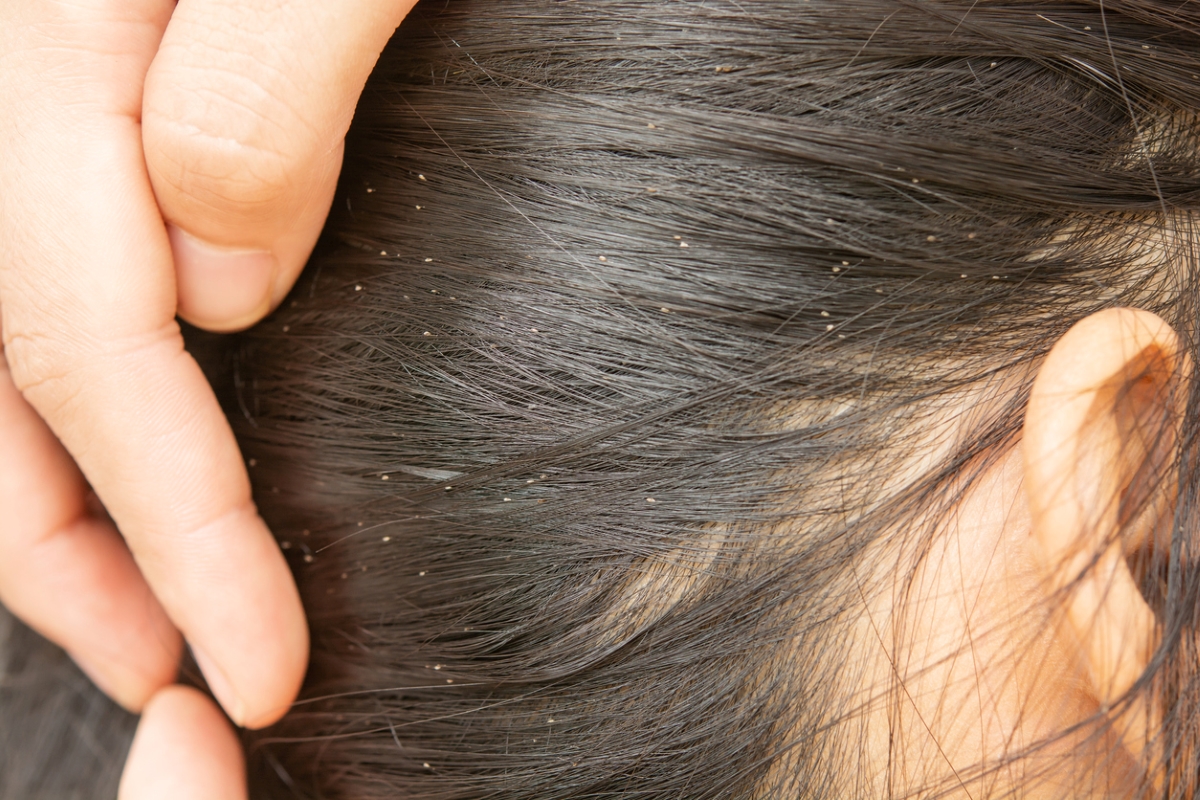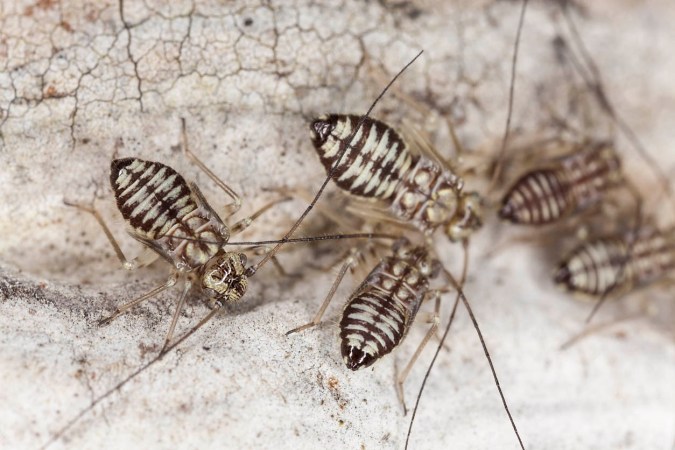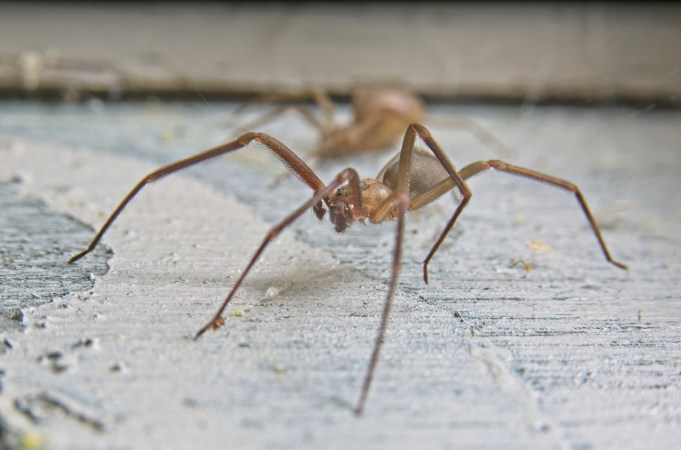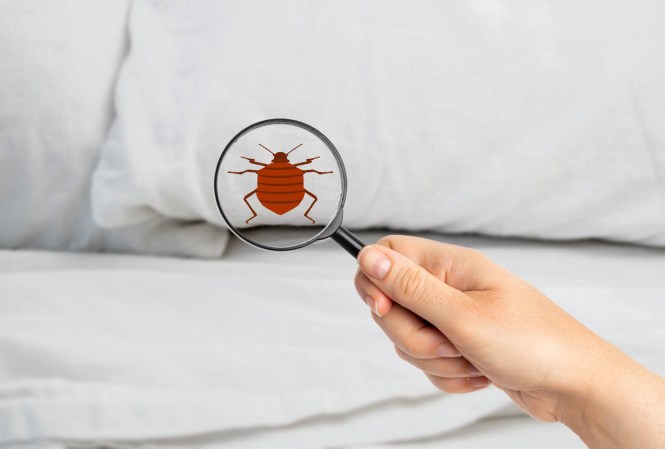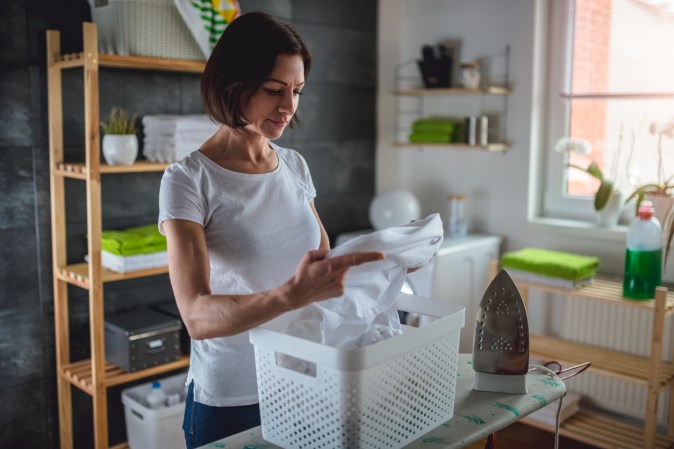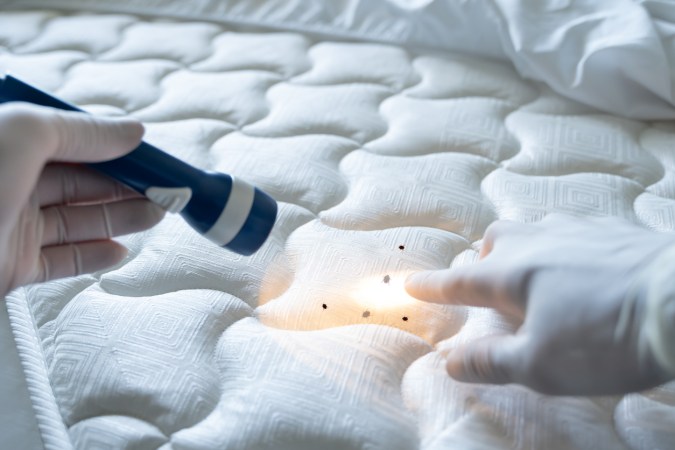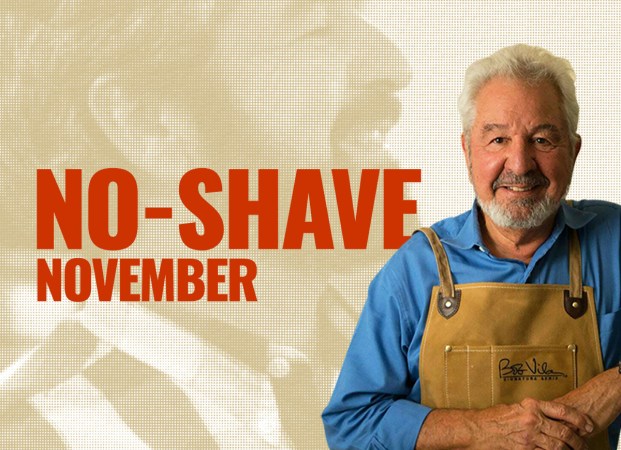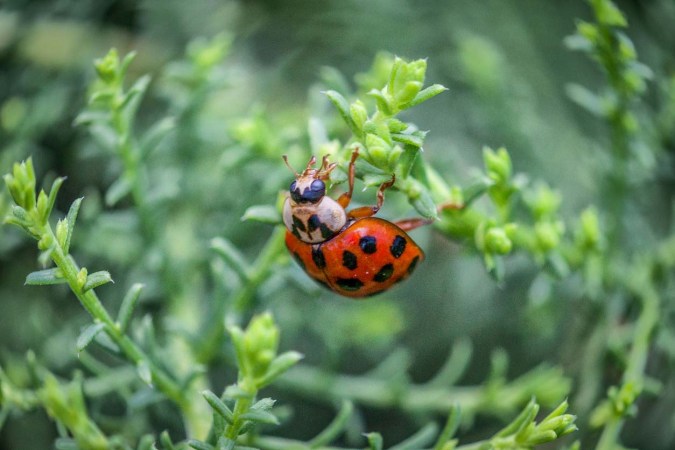We may earn revenue from the products available on this page and participate in affiliate programs. Learn More ›
Did you recently get the dreaded call from your child’s school about an outbreak of head lice? Getting rid of lice can be challenging. While these pests may be tiny—only about 2 to 3 millimeters long—they are a big nuisance. According to the Mayo Clinic, lice feed on the blood in the scalp, which can cause serious itching and irritation. They may also cause sores on the neck, shoulders, or scalp that are the result of scratching these areas.
Each adult louse (the singular form of lice) can lay as many as 10 eggs each day. Within 2 weeks, each of these nits, as they’re called, will have hatched and reached adulthood, making it capable of reproducing and making the infestation even more serious. The lice can spread from one person to another when hats, brushes, pillows, or other items are shared. This is why they are more common among young children who are more likely to be sharing such items, though adults can certainly get lice as well. Read on to learn how to get rid of lice ASAP.
RELATED: Solved! What Are These Tiny Red Bugs In My Home?
Tools & Materials
Bobvila.com may earn a commission from purchases made through these links.
Project Overview
Working Time: 1 to 2 hours
Total Time: Up to 3 weeks
Skill Level: Beginner
Estimated Cost: $30 to $100
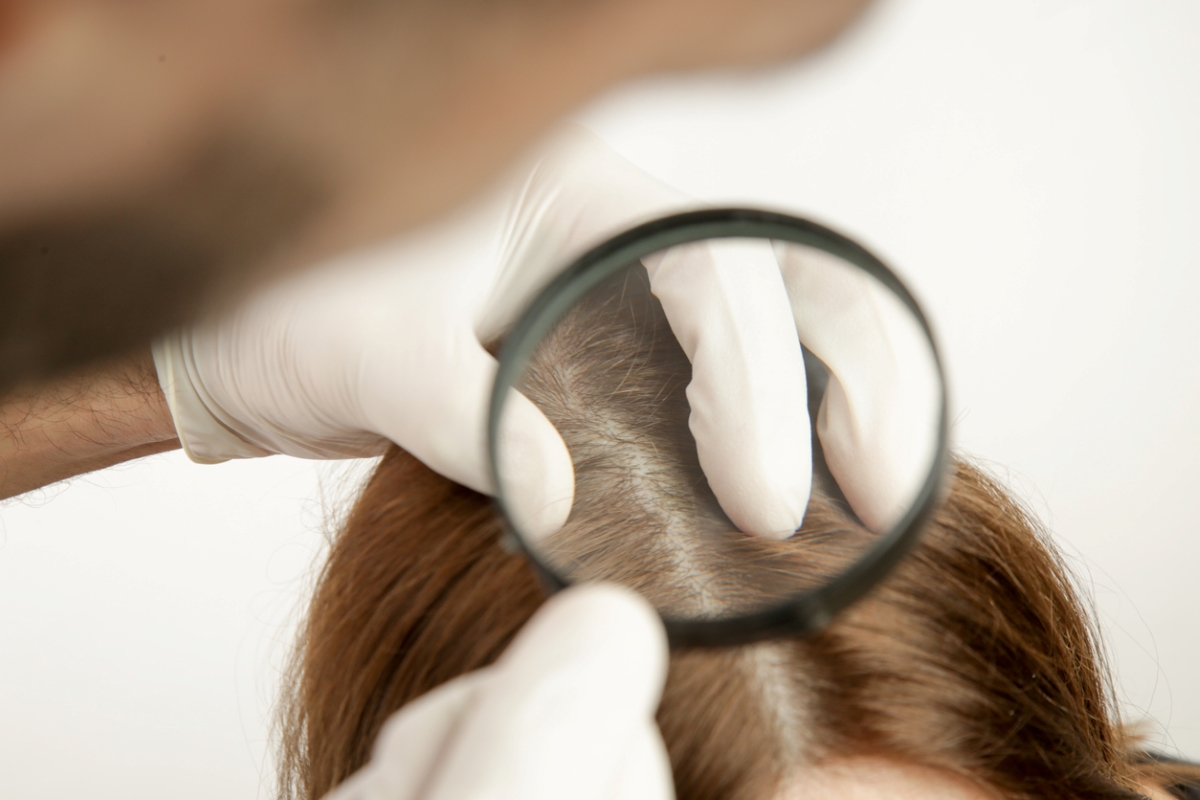
Before You Begin
Before diving into the steps outlined below for how to get rid of lice at home, take note: it is important to check all household members for lice. If one member of the household brought them in, they could have already spread to others. If you’re not certain how to check for lice, it isn’t too complicated.
The CDC recommends shining a bright light to help you see the lice. As you search, be sure to check the top of the head, behind the ears, along the neck, and the person’s bangs. Wear gloves as you work, and use your fingers to part the hair so that the scalp is visible. Look closely for any visible lice, tiny yellow-brown or white nits, or signs of movement. Checking each member of the household will allow you to focus your treatment so that it is the most effective.
STEP 1: Shampoo the hair with an over-the-counter lice treatment.
The first step for clearing up a lice infestation is to purchase a nonprescription shampoo from a grocery store, pharmacy or online source. Most lice treatment shampoos are made using permethrin, which is toxic to lice. There are also some over-the-counter lice treatment lotions that are formulated with ivermectin. Many treatments will need to be repeated several days after the first use. If you’re treating a young child, note the ages that the shampoo or lotion is approved for. Some lice are resistant to over-the-counter drugs, in which case you’ll want to talk to your doctor about some alternatives that they will be able to prescribe for you.
You may have also heard about home remedies for lice, including using mayonnaise, Vaseline, or olive oil to clear up an infestation. These remedies have not been tested or proven to be effective, so you are best off sticking with a tested and approved treatment option.
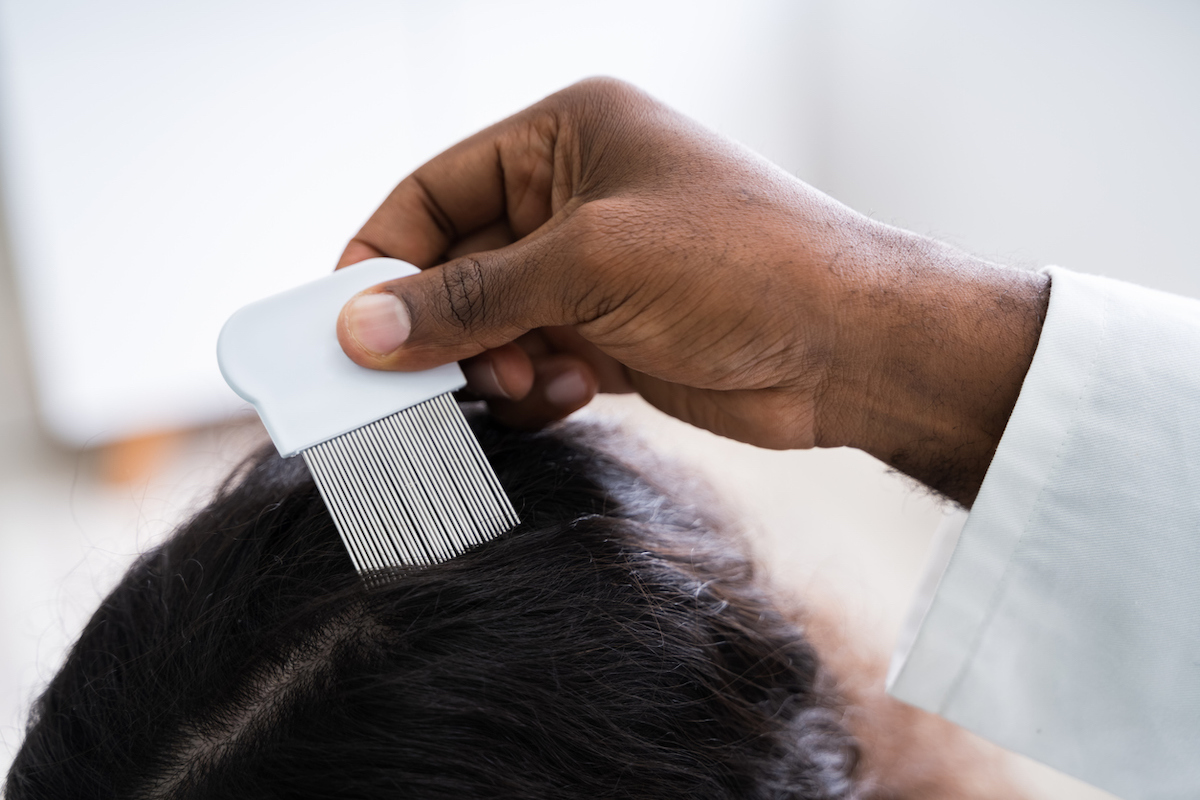
STEP 2: Use a fine-toothed comb to search for and remove live lice and nits from wet hair.
After washing hair with the lice treatment shampoo, comb through the wet hair of the affected person(s) to search for any lice or lice eggs. You should use a nit comb or a fine-toothed comb to help you complete the search, parting the hair several times to thoroughly search each section of the scalp. Combing should be repeated two to three times a week for a minimum of 2 weeks.
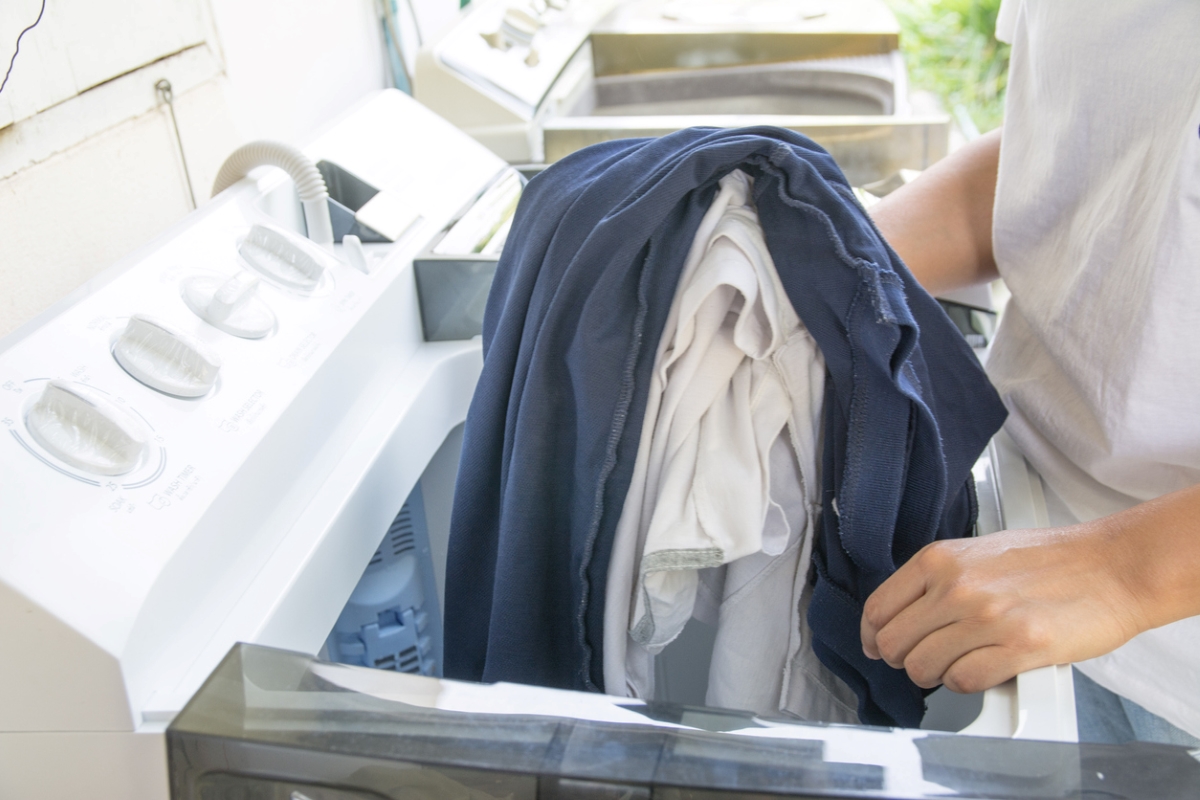
STEP 3: Clean any washable bedding, clothing, hats, stuffed animals, and other soft items in hot water.
As mentioned earlier, lice may crawl from the head of an infested person to a hat they’re wearing, pillow they’re sleeping on, or any other surfaces that come in contact with or close to their head. Lice can survive for up to 2 days on these surfaces, which means that they could infest another person or even re-infest the person being treated. To kill lice that may be hiding on such items, set the washing machine to a hot water cycle and add detergent. Once washed, put items in the dryer, set to high heat, for a minimum of 20 minutes.
STEP 4: Seal any non-washable items in an airtight bag.
Some of the items that have come into contact with the infested person may not be washable. To kill any lice that could be hiding on these items, place them in a trash bag. Seal the bag, making sure there is no opening from which the lice could escape. Leave the bag sealed for 2 weeks to make sure the lice all die before the items are brought back into use.
STEP 5: Clean combs and brushes.
Any combs or brushes that were used by the infested person will also need to be thoroughly cleaned to kill any lice that are hiding in crevices. You can clean these items in a bowl of hot (130 degrees Fahrenheit or hotter) and soapy water. Alternatively, brushes and combs can also be soaked in a bowl of rubbing alcohol for no less than one hour.
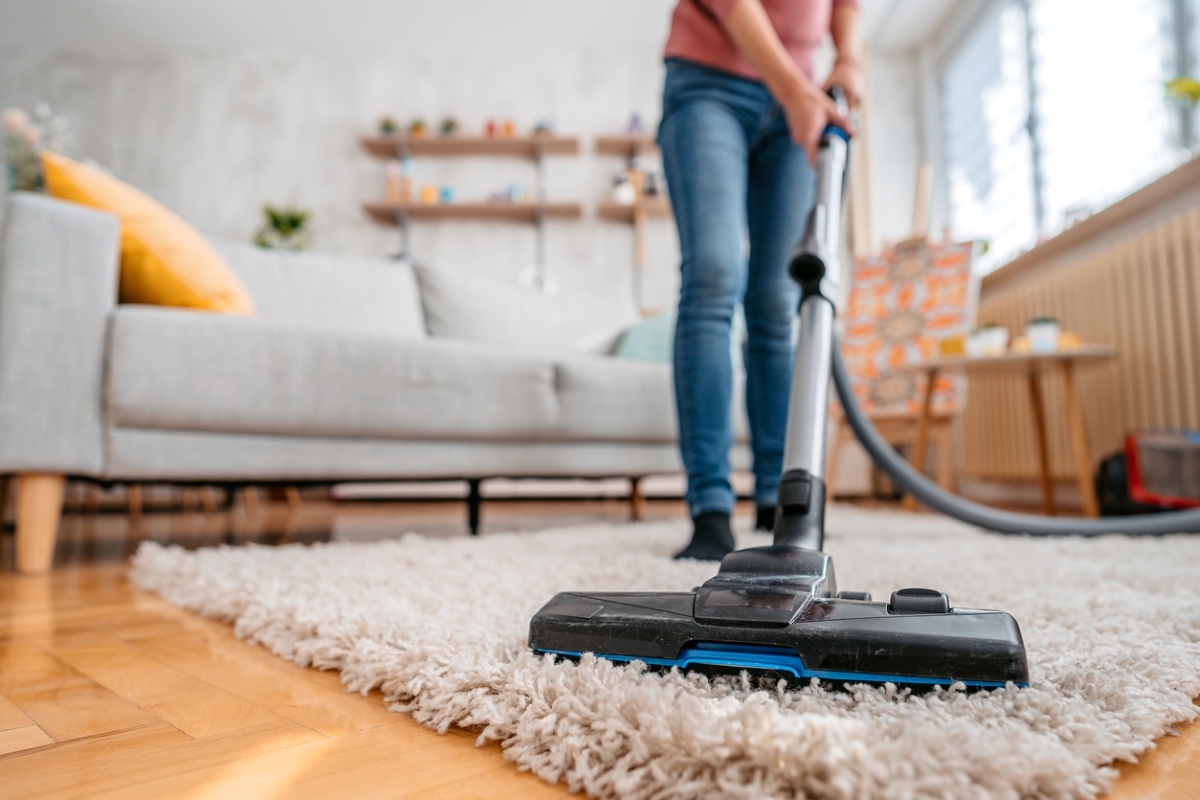
STEP 6: Thoroughly vacuum furniture and the floors in the home.
After treating the infested individual(s), removing any visible live lice or nits from their hair, and treating the items they have come into contact with over the past 2 days, you will want to use the vacuum to clean all the floors and furniture in the home. This will remove any lingering lice that may have spread to these areas and can help ensure they don’t make a reappearance right after treatment is complete.
Final Thoughts
Lice removal can be a real challenge. However, when you follow the steps outlined above for how to get rid of head lice, you can successfully clear up an infestation. Remember, you may need to repeat treatments and should continue checking the hair of each member of the household for several weeks. Unlike some other types of pest infestations, it is not recommended to treat lice using insecticide fogs or sprays. These treatment options can be toxic, and lice can be controlled using less invasive approaches.
RELATED: Solved! What Are These Bugs That Look Like Bed Bugs in My Home?
FAQ About How to Get Rid of Lice at Home
Do you have some remaining questions about lice or the best way to get rid of them? Use the frequently asked questions below as a resource to help you learn more.
Q. What do lice look like?
Lice are very small, with the adults only measuring about 2 to 3 millimeters in length (comparable in size to a sesame seed). They have six clawed legs and look like little tan, gray, or white bugs. Head lice and booklice look similar with their flat shape and lighter coloring, but the two are not the same. Booklice are not actually lice and prefer damp and humid environments.
Q. How long does it take to get rid of lice?
More than one treatment is typically necessary to clear up a lice infestation. It may take as long as 3 weeks to get rid of all of the lice in your home.
Q. How long do lice live?
When they have a food source, lice can live for about 30 days. If they do not have access to food (blood from the scalp), lice will die within 2 days.
Q. Are there any effective home remedies for getting rid of lice?
If you want to know how to get rid of lice naturally, there are several home remedies that may be recommended. These can include using essential oils, or slathering mayonnaise or olive oil on the scalp. However, these have not been studied or proven to be effective (though, tea tree oil is showing promising signs of effectiveness). Lice treatments are typically the best option, though you can also have some success with wet-combing the hair to search for lice and smothering them when they are found.
Q. Should I fumigate my home to get rid of lice?
No, fumigation is not necessary when treating for lice. Moreover, the chemicals may be toxic to people and pets.

